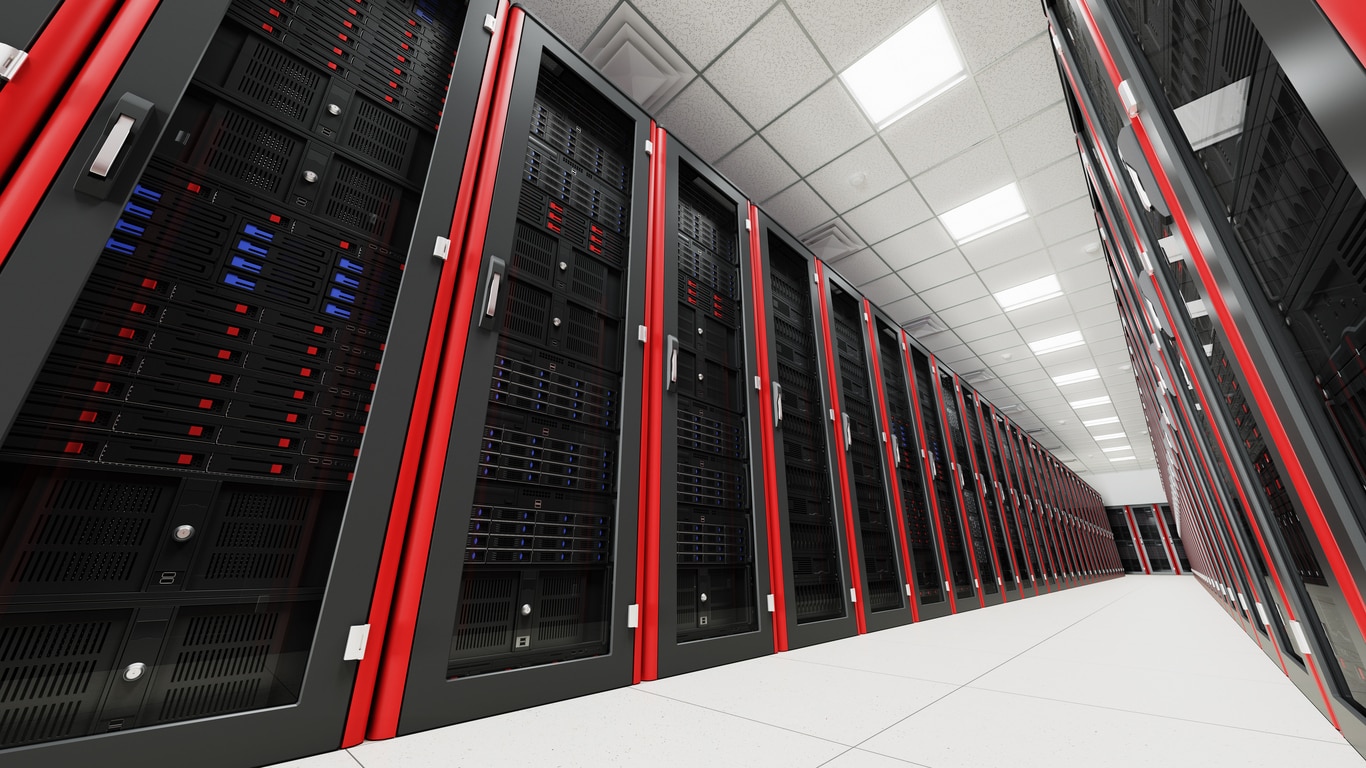Over the past few weeks, I've written a lot about
hybrid IT and its benefits. New tools, new technologies, new skillsets.
Hybrid IT is still new to a lot of companies, and you might be wondering how to get started. Below are some areas to look into as you think about your own hybrid IT journey. There are a lot of traditional services you can transfer to the public cloud as a starting point.
Backups and Archive
Backups are a great way for companies to dip their toes into the hybrid IT pool. Tapes are cheap and hold a ton of information...but they're tapes. They can fail from the media becoming corrupt and need to be tested regularly to confirm their reliability. Rotating tapes offsite is a good practice, but takes discipline and good organizational skills to keep track of the many cataloged tapes. Transferring tapes pose a risk during the window of transit. During transfer, a tape could be damaged or stolen. Managing backups can be a real nightmare with its decentralized practice. Companies might have multiple remote sites small enough to not warrant a system's operator, and instead require an office manager to switch out tapes. Time to restore data can be a lengthy process as technicians need to retrieve tapes from offsite locations, re-catalog the data, and determine if the correct tape was retrieved.
Instead, look at using the public cloud. Most backup software vendors today recognize an object store as a data target. Configure the software to send test data to the public cloud and start experimenting. See how you can exchange tape rotation for data life cycle management. Instead of physically moving tapes around, in the cloud, set policies to automatically move data to a lower storage tier after so many days to help save money. Move the data to its lowest tier for
archiving where data can be recovered in minutes or hours, depending on the cloud provider. Data at rest can be encrypted with your keys so the only one that can read the data is your company. No more having to transfer tapes to an offsite location and worry about theft or damaged media. The public cloud allows you to send to not just one region, but to multiple regions. If you're worried the U.S. west coast will go down, send your data to a different continent. Stop worrying and managing physical media. Reduce your administration work to focus on areas helpful to the business.
Infrastructure as Code
So many vendors today provide their APIs to allow for custom configurations. Being able to hit an API or use a software development kit (SDK) speeds up the provisioning process and provides a living, breathing, shareable document. I'm all about reducing the learning curve. It's much easier for me to understand new technology by mapping it back to something I already know and recognize the differences from there. Learning a new language like infrastructure as code (IaC) and learning how infrastructure in the public cloud works at the same time draws out the learning curve. Instead, focus strictly on IaC.
IaC is a great flexible tool that can be used to provision workloads from a number of providers, including on-premises data centers. Instead of using native tools built inside your data center to deploy workloads, use IaC to deploy them. Understand the syntax and how it abstracts the underlying infrastructure. Get a feel for the shift from manually managing workloads to managing code as infrastructure. Understand the pros and cons. Learning one new technology and understanding how it works using traditional infrastructure helps pave the path to when the organization is ready to consume public cloud resources.
Start Small
This might be obvious, but it's a good reminder. Start small. Don't feel like you have to pick the hardest problem to fix with the public cloud. Use a new project as a potential starting point. Instead of reviewing traditional data center technologies, cast a wider net and invite some vendors who only live in the cloud. Understand the differences and compare them to the needs of the business. When maintenance is coming due on a piece of equipment, think outside the box and question if this is something you need to continue to maintain. Is this piece of software or hardware critical to my business and can I offload the responsibility to the public cloud?
The public cloud makes it easy to transfer and grow a lot of traditional infrastructure technologies. Once people get a taste and see how easy it is to scale and manage, they rush in. They find out managing cloud infrastructure is different than traditional infrastructure. Not only is the cost structure different, but not having to access the lower layers of the stack makes people nervous and requires a lot of trust. To gain trust, move mundane tasks not adding a lot of value to the business. Control what initially goes into the public cloud to better understand how the cloud functions and know the cost structure around their services. Reduce the learning curve and add on pieces with which you're unfamiliar.
Public cloud and private data centers are on a collision course. It's better to start now and grow familiarity and trust before you're forced.







